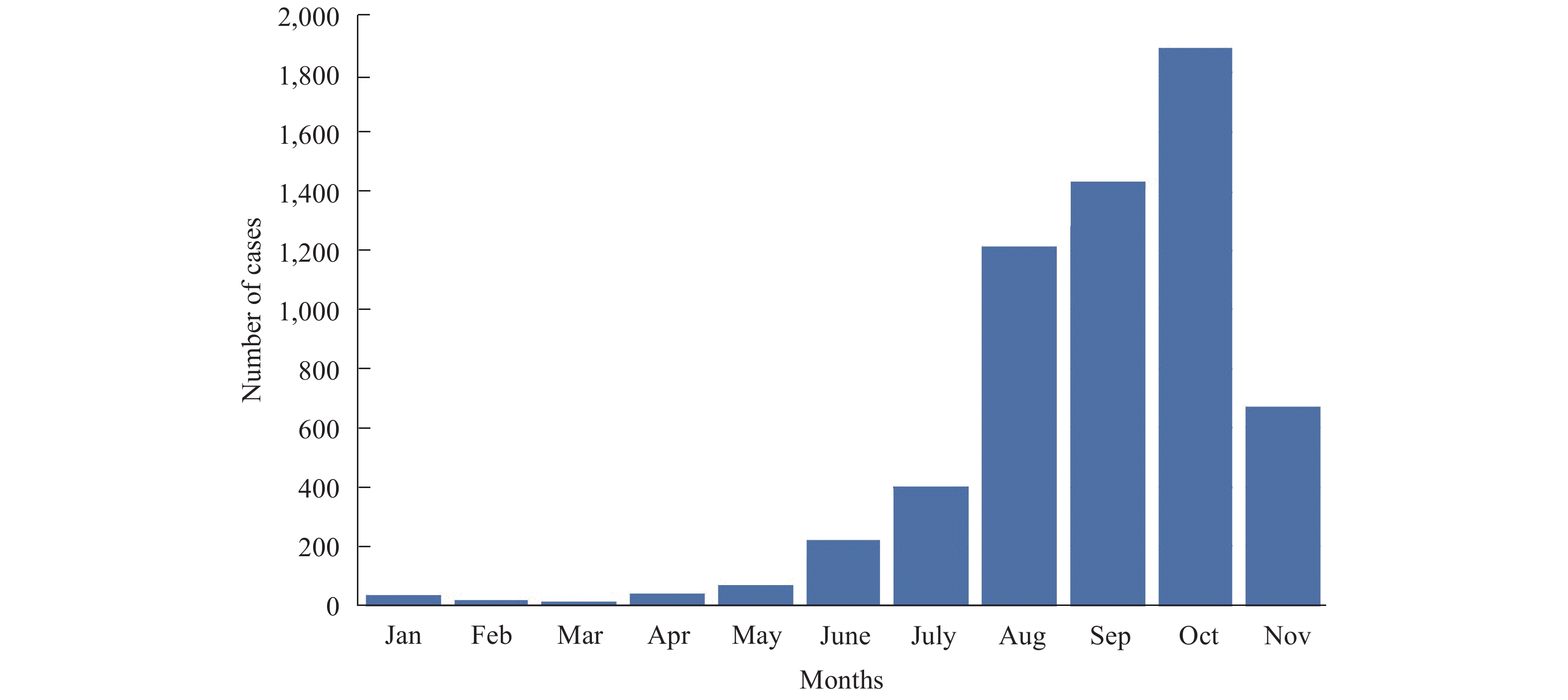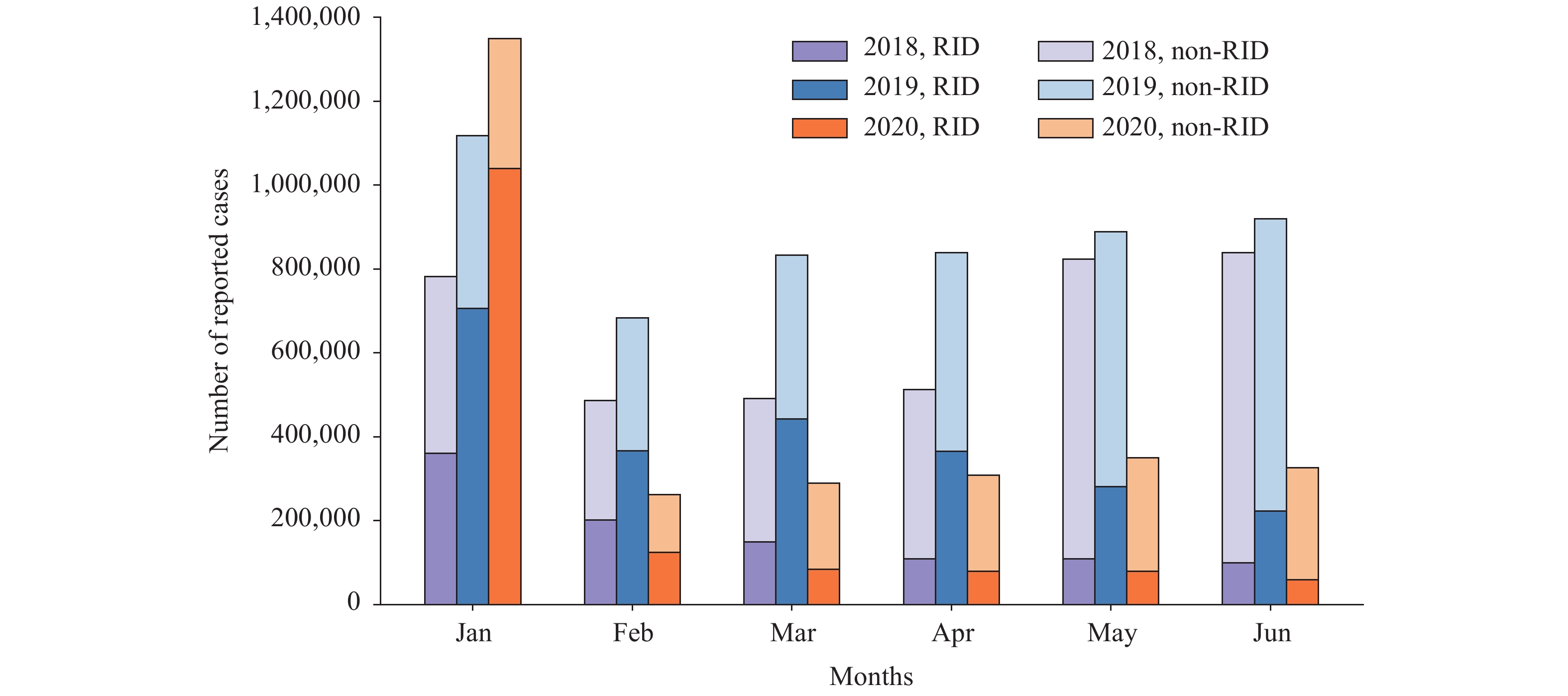2020 Vol. 2, No. 38
Dementia affects approximately 5.3% of the population aged over 60 years in China — an estimated more than 10 million elderly people. Many older adults living with dementia have not been formally diagnosed, and a previous study found a peak of 93.1% of dementia patients during 2007–2011 remained undetected.
The latest undetected dementia rate and differences between urban and rural areas were estimated in this study based on a large nationwide study carried out in China in 2015–2016. The overall proportion of undetected dementia was 85.8%, 75.0% in males, 90.4% in females, 77.5% in urban residents, and 93.5% in rural residents.
Efforts should be made to increase the awareness of dementia in the public, to improve the capacity of early recognition of dementia by primary care physicians in community settings, and also to improve the local diagnostic capability of dementia.
What is already known about this topic?
As population aging becomes serious in China, the elderly health problems stand out prominently. The 2-week prevalence of the elderly is rising year by year, but it has been rarely studied for the rural seniors in the central and western China.
What is added by this report?
The 2-week prevalence rate of rural elderly in the central and western China is 28.5%, and it varies among different ethnic groups. The top prevalence is chronic diseases, and the severity of diseases is higher in female and high age group (80-year-old and over) people.
What are the implications for public health practice?
Considering the health status, health awareness and ethnic differences of the elderly in the central and western China, medical and health resources should be rationally allocated to prevent and treat chronic diseases and support differentiated health services. This is of great significance for the development of health service plan.
What is already known about this topic?
Dengue fever (DF) outbreaks affect hundreds of millions of people worldwide and have increased significantly in Guangdong Province in 2019.
What is added by this report?
This paper described briefly DF outbreaks were attributed to several types of dengue virus (DENV) including DENV-1, DENV-2, and DENV-3 in 2019 in Guangdong, tracked the sources of viruses through phylogenetic analysis and epidemiological investigation, and primarily revealed the epidemiological links among the outbreaks.
What are the implications for public health practice?
The introduction of DENV from DF endemic areas increased pressure on the prevention and control of DF in Guangdong. Early detection of suspected cases and typing and genotyping of circulating viruses should be prioritized and enhanced to promptly assess the likelihood of local transmission, of introduction, and of subsequent sustained local transmission of the virus to implement optimal prevention and control strategies and measures.



 Subscribe for E-mail Alerts
Subscribe for E-mail Alerts CCDC Weekly RSS Feed
CCDC Weekly RSS Feed
